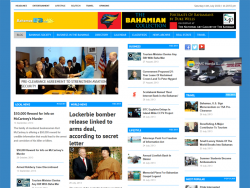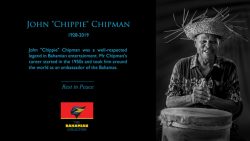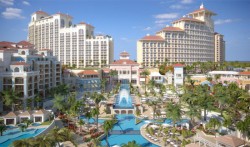Means And Human Resources
Hardware measures consist of advanced and often costly and cumbersome techniques, such as radar, onboard systems and satellite. To monitor an economic zone of 200 square miles, it takes several rapid intervention boats, surveillance vessels, radar stations and even airplanes. And, of course, a computer system capable of crosschecking data, with permanent Internet access. For ACP countries, it is hard to reconcile such demands with budgetary constraints. These systems are essential, but they are also inadequate unless they are backed by human resources.
The software techniques refer to onboard observers or the participation of fishing communities. Officially, any such observers go onboard to collect scientific data. But since they are equipped with communication tools, their information is “by default” used for surveillance. They run the risk therefore, if this aspect of their work were to be known, of no longer being allowed on board.
The presence of onboard observers is crucial for providing independent information on fishing activities, both on a daily and a case-by-case basis, the CTA online debate concluded. But to be effective, such methods depend on the inspectors receiving adequate training and payment, as Ms Janet Uronu, joint president for fisheries at the Ministry for Natural Resources and Tourism in Tanzania pointed out, “The high levels of technology (and the principles on which it is based) to be found on modern fishing vessels were well beyond the comprehension of those fishery officers sent to inspect the vessels.” The job of these inspectors also carries risks: vulnerability to corruption, especially if they are poorly paid, violence and the risk of being taken hostage, to prevent them from reporting what they have seen.
A number of experiments closely linking fishing communities with surveillance operations have been carried out in West Africa. After all, the fishermen know the fishing grounds better than anyone. However, while these initiatives have produced positive results, they also raise the question of motivation – the fishers are simultaneously acting as inspectors and stakeholders. This approach effectively establishes that small scale fishers are also responsible for the overexploitation of resources.
A culture of change
None of these methods will work unless at least two conditions are met. First, there must be clear rules about what is and is not allowed, accompanied by sanctions, which are properly enforced. Secondly, there needs to be regional cooperation between countries facing the same problem. That is true for the North: on March 14, 2005, the EU
Fisheries Council finally agreed to establish a Community Fisheries Control Agency, based in Vigo, Spain which should coordinate fishing control systems within community waters, but also – an important point for ACP countries – within the framework of bilateral fisheries agreements.
It is also true for the South, where one of the most successful initiatives in this respect has been the MCS Programme set up by the Southern Africa Development Community (SADC). Financed by the EU, it has, since 2003, allowed bilateral and trilateral surveillance operations to be carried out between the countries concerned, and strengthened the equipment, human resources and capacity to exchange information of member countries, which needed support in these areas. Tanzania, for example, now has more than 30 trained observers. According to Ms Uronu, the first change needed to achieve such results involves overcoming inertia and bureaucracy. A culture of change is essential.
The Indian Ocean Tuna Commission, which numbers seven mainland or island East African countries among its members, is another example of regional cooperation. According to Mark Pearson, at the Secretariat of the Common Market for Eastern and Southern Africa (COMESA), this cooperation has already enabled the number of refrigerated fishing vessels practicing IUU fishing to be cut from 140 to 40. One method used is the exchange, between member countries and others, of lists of authorized vessels, together with their tonnage (known as the “positive list”).
Other regional groupings in the fisheries sector may lead to similar initiatives. That has already happened in the case of the Programme p�che, commerce et environnement en Afrique de l’Ouest (PCEAO), a programme set up to promote sustainable fishing in six West African states, which met in Dakar in early June 2005. The question of surveillance was not specifically on the agenda, but the West African sub-regional commission on West African fisheries, la Commission sous-r�gionale des p�ches d’Afrique de l’Ouest (CSRP), does have a project to address this issue, supported by the Luxembourg Development Agency among others. In the Caribbean, the Caribbean Regional Fisheries
Mechanism lists the development of a monitoring, control and surveillance system as a priority. Finally, the Monitoring, Control and Surveillance Unit of the Pacific Islands
Forum Fisheries Agency (FFA), based in the Solomon Islands, has, since 1999, installed a satellite surveillance system to monitor fishing vessels on behalf of its member states. It has proved to be highly effective – the number of cases of illicit fishing recorded by the authorities is, and continues to be, very small.
Fisheries surveillance requires considerable means. How should available resources be best used, and what kind of support is needed? That is what future fisheries agreements being drawn up between ACP countries and the EU should try to clarify. Equally, they should encourage greater harmony between national fisheries legislation, as well as regional cooperation in various forms: data exchange, joint patrols, exchange of personnel and experiences between crews, and of surveillance systems in the EU and the ACP regions concerned. In the long run, it makes sense all round.
From: The Bahama Journal



